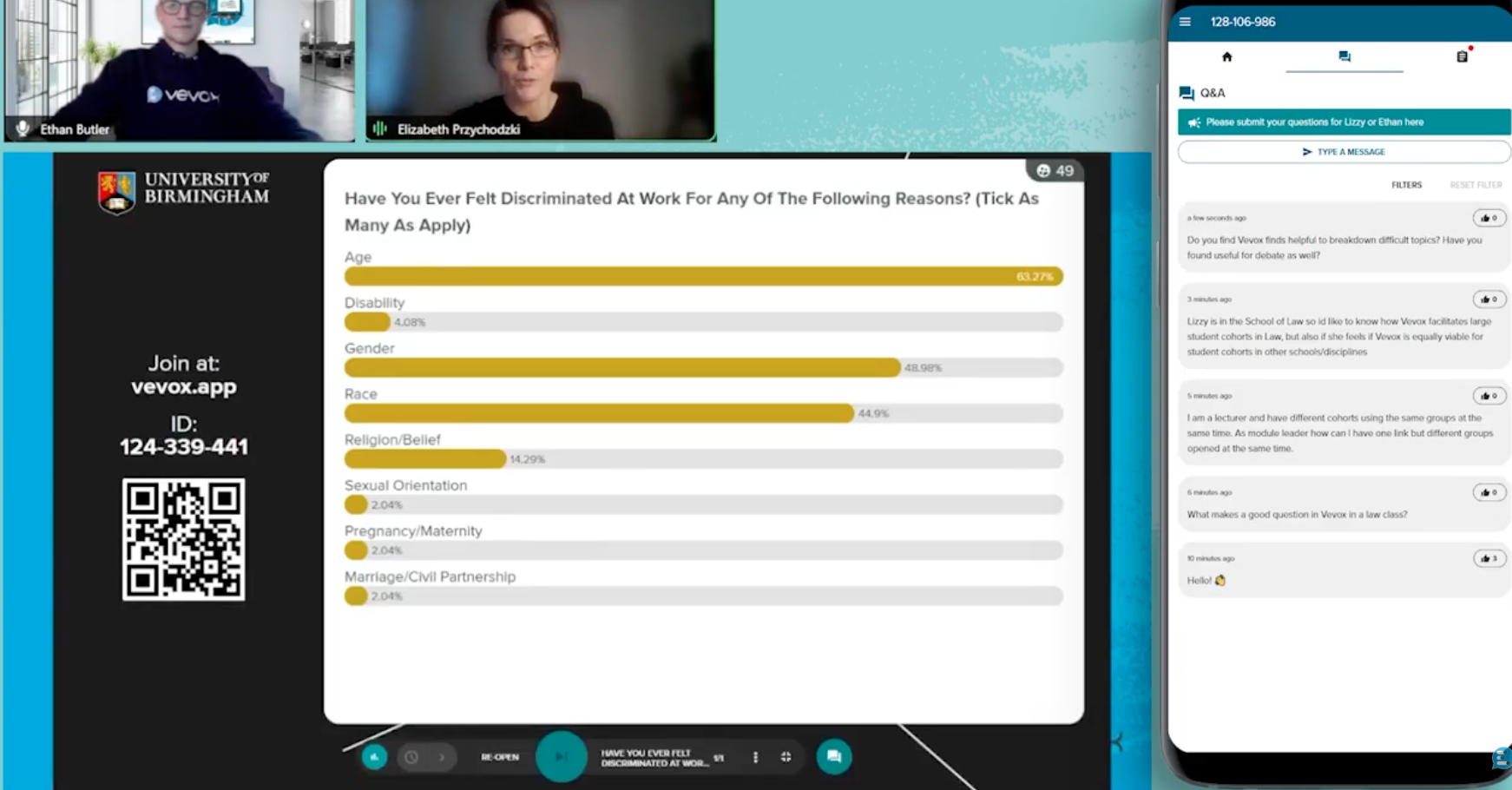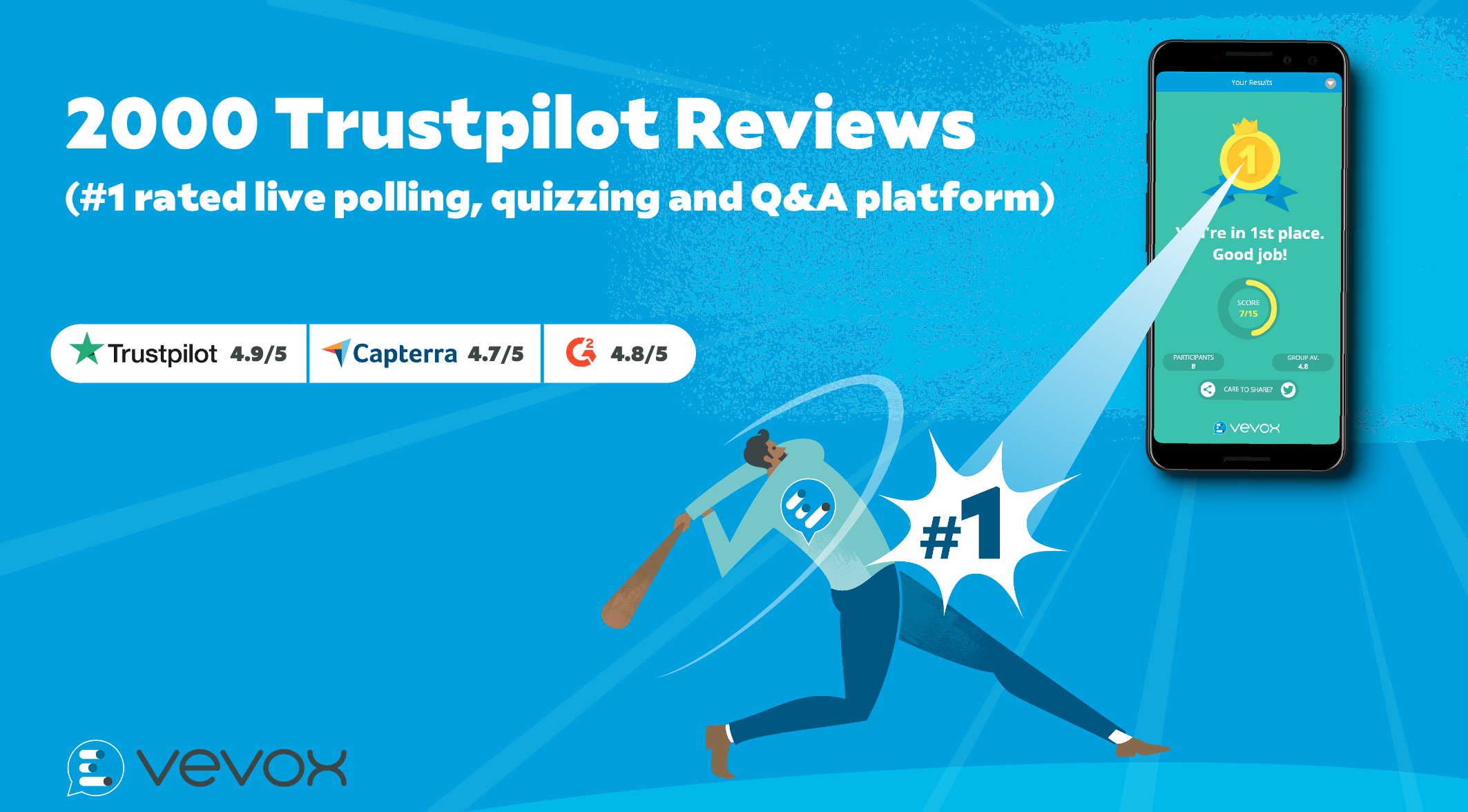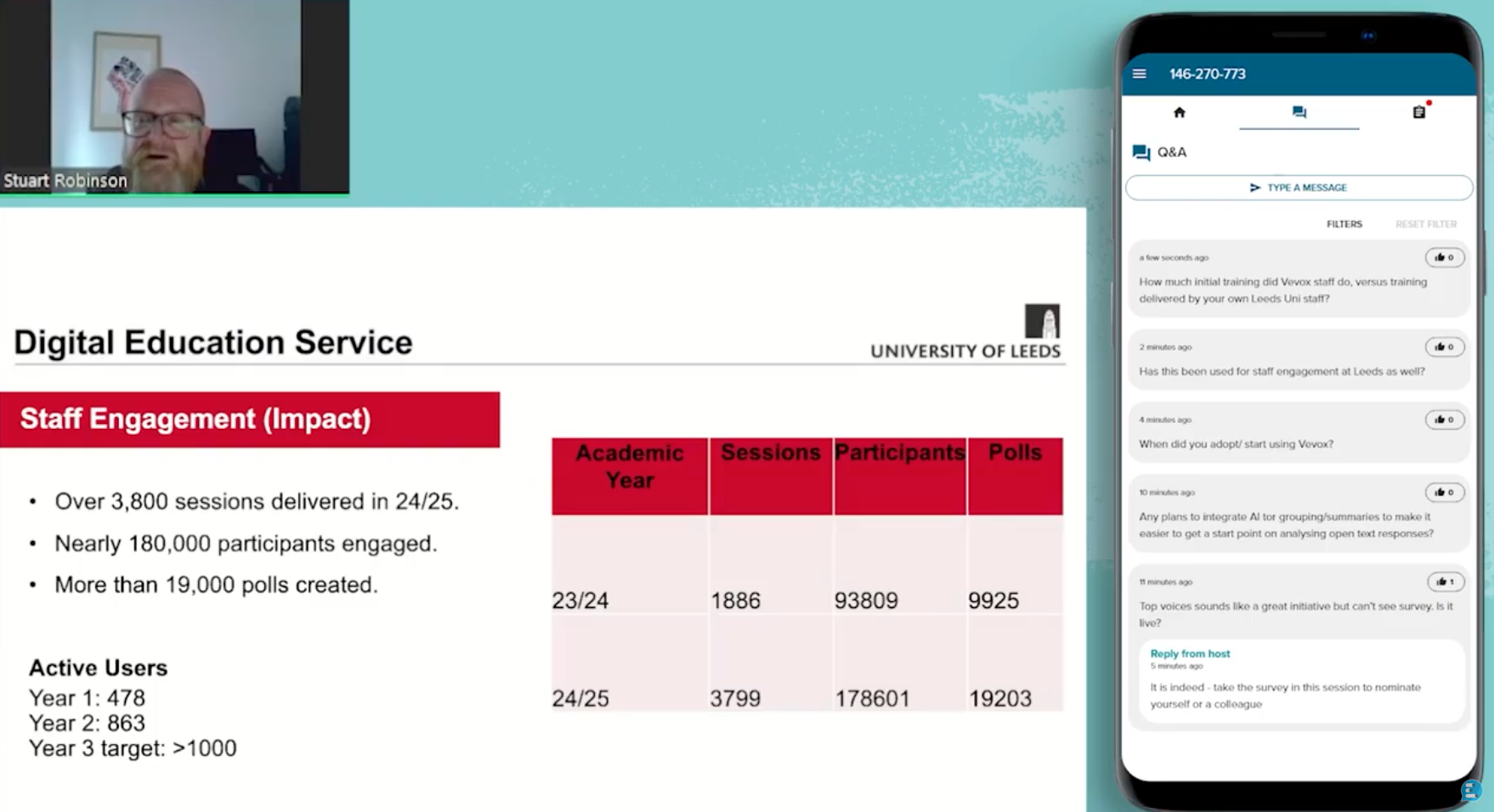1. A kick-ass kick off!
The first few seconds of a training session can make a huge difference to how the rest of the session plays out. An impactful introduction as to why you are all there, setting expectations as to what everyone’s role is in the session, and painting a picture of the desired end goals will both provide structure and purpose.
Think about your crucial opening question or discussion. How many times have you heard (or used) the uninspiring - "how is everyone" or "In today’s session, we will be looking at..."? In contrast, beginning your session with an open question, a quote, or perhaps a startling fact or statistic is a great icebreaker and indicates that it’s not going to be just another run of the mill training session.
By this point your attendees should have no doubt as to ‘what’s in it for them’. Before you get into the content though, close the intro by asking a simple question along the lines of, ‘Does this all sound ok?' or 'is there anything else you were hoping to get out of the session?’
This question is critical for two reasons. It allows the opportunity to adjust or refocus before you get started and it breaks down the presenter/audience barrier- you’ve made a plan together…you’re now a team with an agreed goal.
2. Ask questions
Benjamin Franklin said ‘Tell me and I forget. Teach me and I remember. Involve me and I learn.’
Asking questions is the easiest and most effect way to involve people, they also:
- Instantly up the engagement and energy levels
- Provide the trainer with an understanding of the attendees’ knowledge levels
- Promote the sharing of stories and real life case studies
- Keep things fresh for the trainer (courses often provide the same content again and again) and involving the attendees makes every session unique
Questions can of course be answered verbally or a show of hands, but for real impact and insight, a polling and Q&A app for people to use on their smartphone or laptop is the tool of choice in the modern training room or lecture theatre. Using an app creates an environment of open, honest, inhibited feedback. Participants can ask a question whenever they like without interrupting the flow or risking unwanted attention from their peers or bosses. It also allows their level of understanding to be gauged accurately at various points throughout the session- not at the end when it’s too late!
Some of the best training sessions see the trainer more in the role of a facilitator. Setting the scene, posing questions and allowing knowledge to be shared between peers from their real experiences rather than general examples on slides or a handout.
3. Multisensory
‘Death by PowerPoint’ in 2017 is unacceptable and unnecessary. PowerPoint and similar presentation softwares do still have a pivotal role to play though and are fantastic platforms for a multisensory experience (combined with an enthusiastic and energetic trainer of course). Where they should be used is for showing visual prompts, setting a scene, showing examples, launching a video, or running a live poll… and not for block text and lists of bullets points. Physical examples related to a subject passed around a room, or moving people into groups for discussions are other good ways of enlivening the senses. Make sure that you are creating an experience that your attendees will remember. The webinar (see video below) about '10 PowerPoint Tips' proved very popular and features some simple tricks for slick and interactive PowerPoint sessions.
Please note: Our name has recently changed to Vevox! All information shared in this webinar recording was accurate at the time of recording.
4. Measurable outcomes
Your training session is coming to a close and you have covered all of your points. Did you achieve the goals set out at the start? You should end your training sessions with some key questions that will answer this for you and provide feedback to enable you to improve future training sessions.
Feedback forms and web surveys are notorious for low completion rates and poor quality data. This is where the polling app, set to ‘anonymous’ with results hidden (to spare any blushes) again comes into it’s own. A couple of simple rating questions can provide invaluable data. For example:
- ‘To what extent did this training meet your expectations?
- ‘How would you rate this session overall?’
- ‘Please rate the quality of the content’
- 'Please rate the quality of the presenter’
The honest answers to these questions might be confronting or validating, but either way they keep you focussed on maintaining a standard or improving. Analyse all of the feedback, reflect on this and decide on the next steps for any future training for your participants. Training costs, (and like any part of a business), results count. For any training to be justified it must add value to an organization, and to the individual employee's continued learning and development. Fantastic feedback scores are also great metrics to share with individuals considering attending one of your future courses, or with your boss at your next review...




